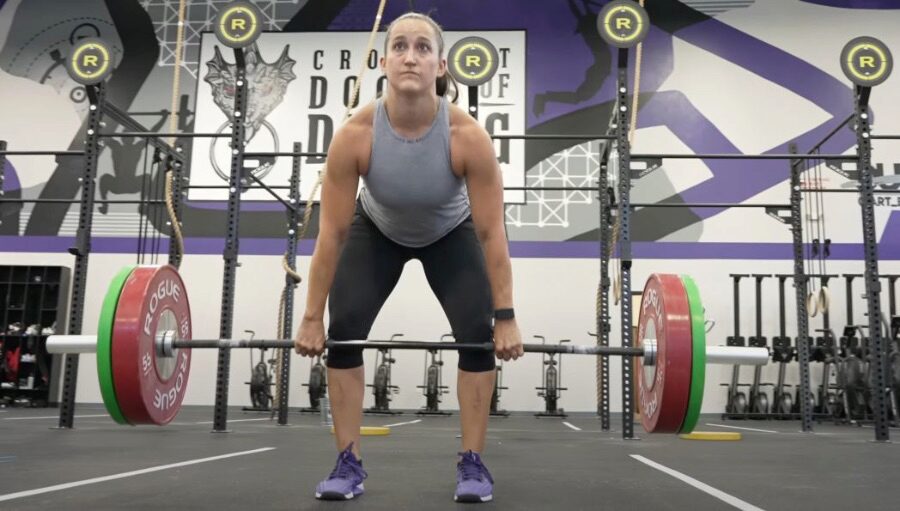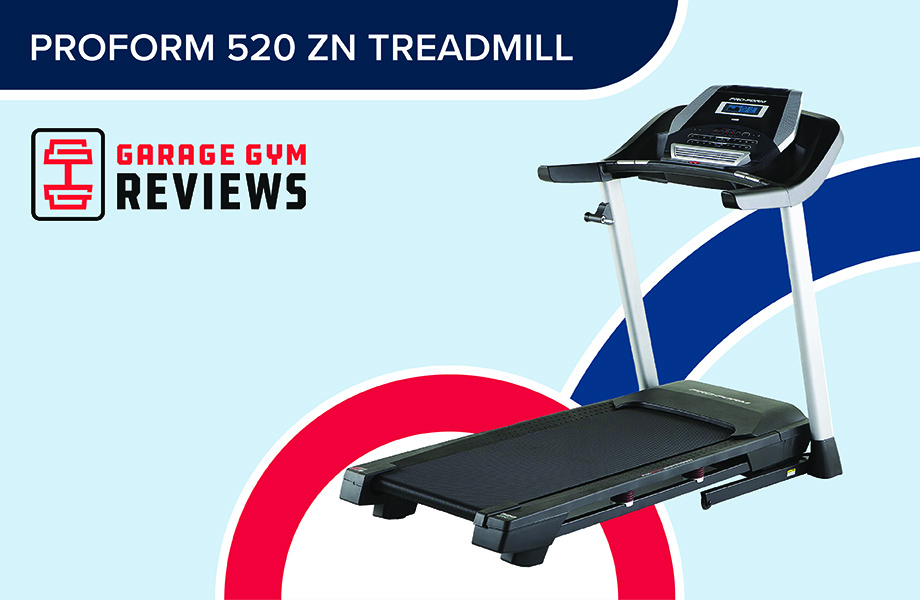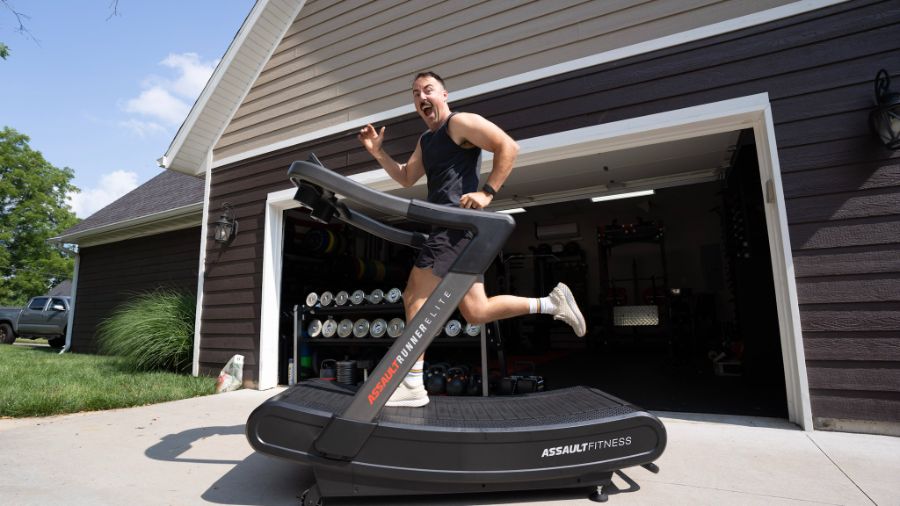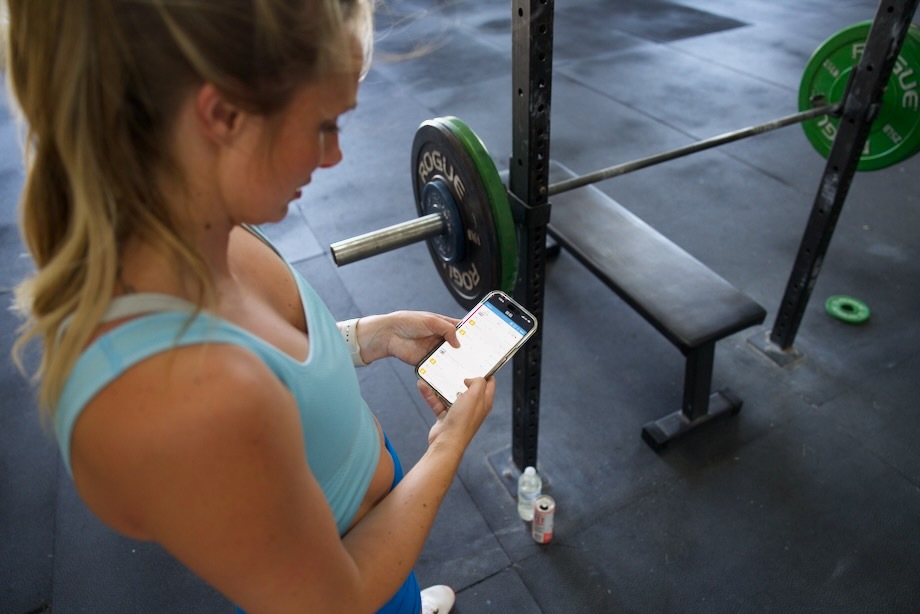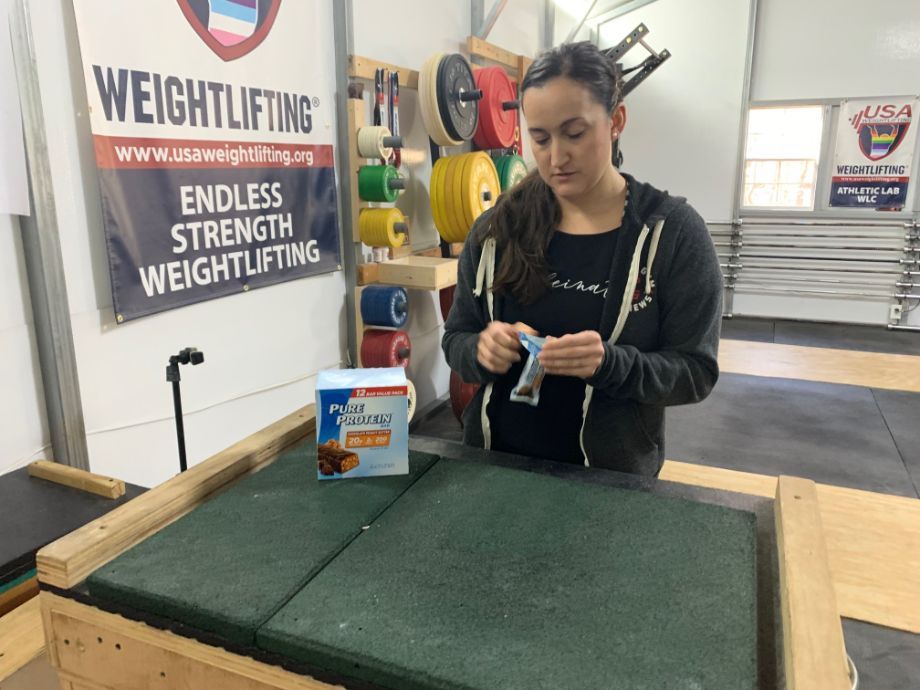The deadlift needs no introduction, but have you heard of the Romanian deadlift?
Experienced lifters might already be incorporating RDL workouts into their strength training program, but beginners are likely scratching their heads right about now.
Like the standard deadlift and deadlift variations, the RDL targets posterior chain muscles like the hamstrings, glutes, and lower back, but the execution is vastly different. Instead of placing a barbell on the floor and lifting it, you start the RDL holding the barbell and slowly lowering it towards the floor.
Think of it like a reverse deadlift. Sort of.
“The Romanian deadlift emphasizes the eccentric phase of the movement,” says Kate Meier, GGR Head of Content and certified personal trainer, “which helps improve hamstring and hip flexibility.”
Are you ready to try the RDL and say “bună ziua” to its strength-building benefits?
We’ll provide step-by-step instructions on how to do it, tips to nail the form, common mistakes to avoid, and progressions that will help keep things interesting.
RELATED: How To Deadlift Heavier
How To Perform the Romanian Deadlift
- Stand with your feet hip-width apart while holding a barbell or pair of dumbbells.
- Bring your hips back and chest down toward the floor as you lower the weights.
- Continue lowering the weights until you feel a stretch in your hamstrings.
- Drive through your heels to return to the starting position.
- Repeat as needed.
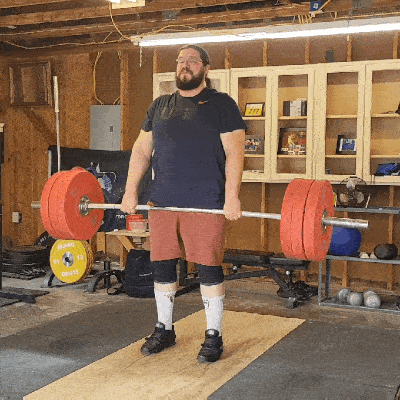
Why Do RDLs?
The regular deadlift is one of the undisputed GOATs, so we’d never recommend nixing it altogether. However, rotating the deadlift with deadlift variations like the RDL alters the stimulus and staves off boredom associated with completing the same tired routine week after week.
Whereas the deadlift produces significant activation in the quads, thanks to that bend in the knee, the RDL mostly requires knee extension, isolating the hip hinge movement and placing a greater emphasis on the hamstrings.
In fact, a 2014 study published in the Journal of Strength and Conditioning Research1 found the Romanian deadlift produced incredible hamstring activity compared to other hamstring exercises, stating that “athletes and coaches who seek to maximize the involvement of the hamstring musculature should consider focusing on the glute-ham raise and RDL.”
Another study, published in 2019 in the Journal of Strength and Conditioning Research2, supported these findings, and stated that the RDL is “an excellent alternative to the [barbell hip thrust] for eliciting high [gluteus maximus] activity without the hip discomfort.”
The study also recommended the RDL, and barbell hip thrust, for “strength development throughout the anterior and posterior chain in the lower body” specifically for “[athletes that have] difficulty getting into the bottom position of the squat,” as a limited range of motion on the squat decreases gluteus maximus activation and reduces the impact of the exercise.
In addition, a 2020 systematic review published in PLoS One3 stated that the biceps femoris and semitendinosus, both part of the hamstring muscle group, received superior EMG activation during the RDL compared to the conventional deadlift.
They also found that the erector spinae of the lower back showed less EMG activity, meaning the RDL is also more gentle on your lower back.
RELATED: Deadlift: Muscles Worked
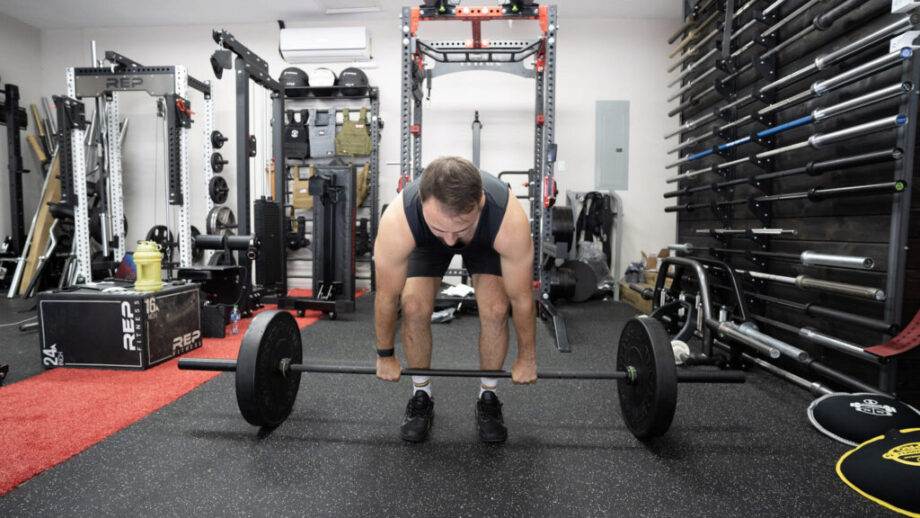
Trainer Tips for Form
If you’re going to build muscle and strength with this deadlift variation, you’ll need to know how to perform the exercise with proper form.
Here are some tips, courtesy of GGR personal trainers, to make sure you nail it!
Keep Your Back Straight
Maintaining a flat back and neutral spine helps protect your precious vertebrae from sheer forces that would otherwise wreak havoc, contributing to injuries like back pain and disc herniations.
Hinge at the Hips
The RDL requires lowering the weights toward the floor, but the movement originates at your hips, not your back or knees. Bring your hips back, like you would do during a squat, but then lower your chest while keeping your knees relatively extended, like you would do during a good morning.
Keep the Bar Close to Your Body
Some trainers recommend “steel to shin” during the regular deadlift, meaning you should keep the bar close to ensure a straight bar path.
For the Romanian deadlift, you’re not lifting from the floor, but you still want to keep the bar close to the body to avoid recruiting and subsequently straining other muscles. Keeping the bar close keeps the emphasis on the muscles you should be working.
RELATED: The Best Olympic Barbells
Engage Your Core
Engaging your core goes hand-in-hand with maintaining a straight back. Your core muscles work to protect the lumbar spine, reducing your risk of injury. They also help promote efficient movement patterns, meaning you’ll get the most effect from the movement in all the right places. While the RDL isn’t often mentioned among the best ab exercises, it is an excellent way to build core strength.
Focus on the Hamstrings and Glutes
The RDL provides great activation of the hamstrings and glutes, so check in with these key areas as you lift. You should feel your hamstrings big time when you reach the bottom of your range of motion, and you should squeeze those glutes once you stand back up and reach full hip extension, just as you would for a regular deadlift.
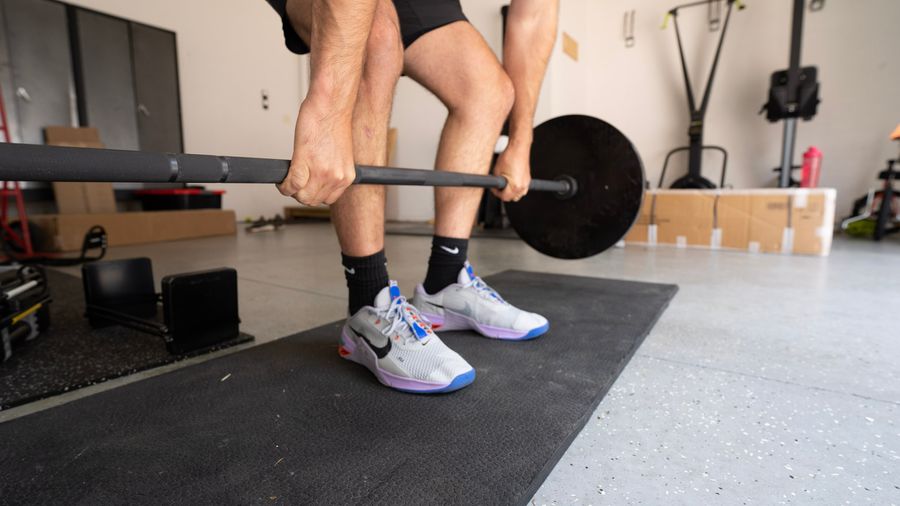
Common RDL Mistakes
Following our trainer tips will help you reduce your risk of injury and get the most bang for your buck during your sets, but keep an eye out for the following mistakes, too.
Rounding the Back
Are you guilty of picking things up off the ground by bending your back and slouching over? That sort of spine flexion will catch up with you in your older age, but you’re sure to speed up the negative impact if you’re also rounding your back to lift a barbell during virtually any weightlifting exercise, including the RDL. Keep the back flat and brace your core to protect your spine.
Bending the Knees Too Much
You want a slight bend in the knee to protect the joint, but this isn’t Game of Thrones. Excessively bending the knee turns your RDL into an awkward squat, which isn’t our goal on this exercise. Instead, think of the RDL more like a good morning, keeping the knees relatively straight and the focus on your hamstrings during the eccentric phase of the lift.
Shifting Weight Onto Your Toes
LIke the regular deadlift, your weight should be on your heels and your feet should be firmly planted on the floor. If you find yourself getting pulled forward onto your toes or feeling the bar drift away from the body, you’re losing your proper form and increasing your risk of injury. Try a lighter weight, in that case, and see if you can get the mechanics done before adding weight for progressive overload.
Going Too Heavy
Loading up a barbell past your abilities is ill-advised on any lift, as your form will suffer and your risk of injury will increase. If you’re new to the RDL, go light at first, or even practice a few repetitions with just your bodyweight, and scale from there. It’s much better to go too light and scale than it is to go too heavy and find out the hard way that you’ve made a mistake.
RDL Variations
Are you finding the standard Romanian deadlift too challenging or, likewise, too easy?
Here are a few variations to help you enjoy similar muscle activation, build the foundation to perform RDLs with proper form, and eventually progress into more advanced movements.
Single-Leg Romanian Deadlift
The single-leg RDL converts the exercise into a unilateral movement, helping address muscle imbalances while adding in an additional challenge to your balance and stability.
According to Medicine and Science in Sports and Exercise4, the single-leg RDL is one of the best exercises, when performed with resistance to allow a 12-rep max, for generating gluteal muscle force, making it invaluable for a hip-focused injury prevention and rehabilitation program.
Here are the steps to perform a single-leg RDL:
- Stand upright with feet hip-width apart. If using free weights, hold them at your sides.
- Maintaining a slight bend in your working knee, bring your hips back and chest down toward the floor, lifting your other leg into the air behind you.
- Drive through the heel to return to the starting position.
- Repeat as needed, then switch sides and repeat the whole set.
RELATED: Hamstring Exercises To Do At Home
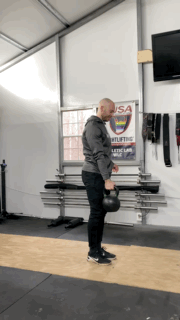
Good Mornings
Wake up to the sunshine and a stretch in your hammies by performing the classic good morning exercise. This one could be performed with bodyweight alone, or you can add a barbell to increase the challenge and reap some strength-building benefits too.
Here are the steps to perform a good morning:
- From a standing position, push your hips back and lower your chest toward the floor, maintaining a flat back and slight bend in the knees.
- Continue lowering until your chest is parallel to the floor.
- Engage your glutes and stand back up, bringing hips to full extension.
- Repeat as needed.
RELATED: 17 Lower Back Exercises
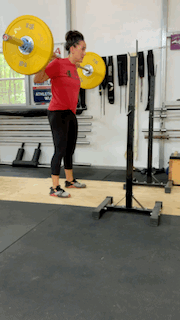
FAQs: RDL Workout
What is an RDL vs deadlift?
Both the conventional deadlift and RDL are excellent inclusions for a comprehensive lower-body workout, but what makes them different?
For one, the execution is very different. The deadlift involves lifting a barbell from the floor, while the Romanian deadlift starts you out standing tall and lowering the barbell, emphasizing the eccentric phase of the movement.
Studies show RDL is a better exercise for hamstring activation, while simultaneously reducing EMG activity in the low back, but “the conventional deadlift would be a better technique for training the rectus femoris and gluteus maximus than the Romanian deadlift,” according to a 2018 study published in the Journal of Exercise Science and Fitness5.
What is an RDL good for?
Like other deadlift variations, the RDL is effective for building strength and muscle in the posterior chain. Compared to the conventional deadlift, it provides superior activation in the hamstrings, improving hamstring strength and flexibility.
The hip hinge movement also reinforces great movement mechanics, which provide a direct translation to your other lifts and, more importantly, everyday living activities.
How do you do an RDL correctly?
To perform an RDL:
Stand with your feet hip-width apart while holding a barbell or pair of dumbbells.
Bring your hips back and chest down toward the floor as you lower the weights.
Continue lowering the weights until you feel a stretch in your hamstrings.
Drive through your heels to return to the starting position.
Repeat as needed.
Does RDL work glutes or hamstrings?
Short answer: both. The RDL works your posterior chain muscles, including the lower back, glutes, and hamstrings. You’ll also receive some activation in other lower body muscles like quadriceps, as well as the core muscles which must be braced to protect the lumbar spine.
References
1. McAllister MJ, Hammond KG, Schilling BK, Ferreria LC, Reed JP, Weiss LW. Muscle activation during various hamstring exercises. J Strength Cond Res. 2014;28(6):1573-1580. doi:10.1519/JSC.0000000000000302
2. Delgado J, Drinkwater EJ, Banyard HG, Haff GG, Nosaka K. Comparison Between Back Squat, Romanian Deadlift, and Barbell Hip Thrust for Leg and Hip Muscle Activities During Hip Extension. J Strength Cond Res. 2019;33(10):2595-2601. doi:10.1519/JSC.0000000000003290
3. Martín-Fuentes I, Oliva-Lozano JM, Muyor JM. Electromyographic activity in deadlift exercise and its variants. A systematic review. PLoS One. 2020;15(2):e0229507. Published 2020 Feb 27. doi:10.1371/journal.pone.0229507
4. Collings TJ, Bourne MN, Barrett RS, et al. Gluteal Muscle Forces during Hip-Focused Injury Prevention and Rehabilitation Exercises. Med Sci Sports Exerc. 2023;55(4):650-660. doi:10.1249/MSS.0000000000003091
5. Lee S, Schultz J, Timgren J, Staelgraeve K, Miller M, Liu Y. An electromyographic and kinetic comparison of conventional and Romanian deadlifts. J Exerc Sci Fit. 2018;16(3):87-93. doi:10.1016/j.jesf.2018.08.001


